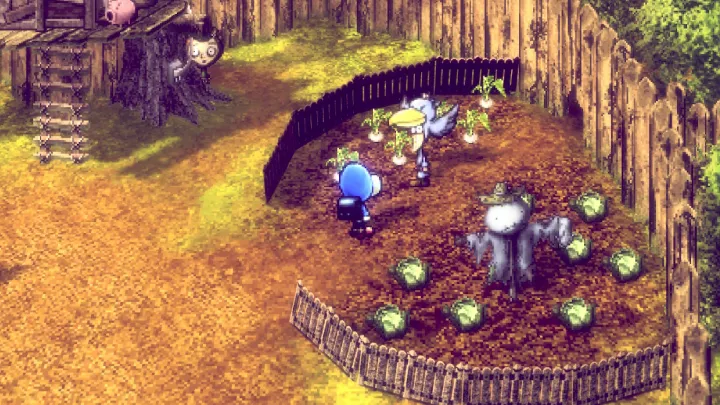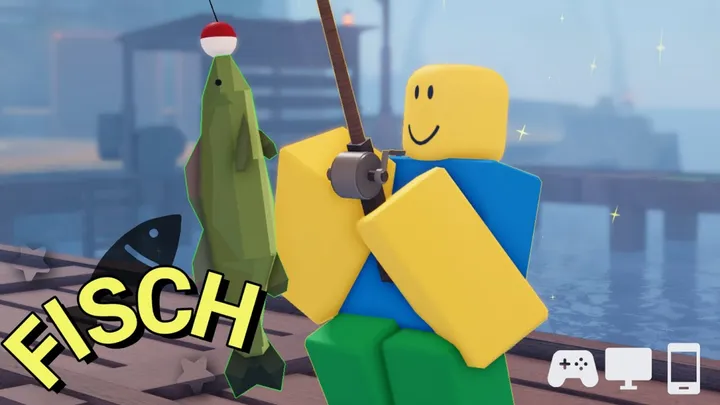Stray Children is a mysterious and emotional adventure game that blends exploration, puzzle-solving, and storytelling into one unforgettable experience. Developed with a strong focus on atmosphere and emotional impact, the game takes players on a haunting yet beautiful journey through a strange world filled with symbolism and secrets. In this guide, we will explore how to play Stray Children effectively, understand its mechanics, and make the most of your journey from start to finish. Whether you are new to this genre or an experienced gamer, this detailed walkthrough will help you uncover the mysteries of the game while enjoying its emotional depth.
Understanding the Story and Setting

The first step to mastering Stray Children is understanding the world you are stepping into. The story is deeply layered, focusing on a child navigating a surreal landscape where memories, emotions, and fears intertwine. Players must interpret clues and subtle messages scattered throughout the environment. The narrative is not told directly; instead, it unfolds through visual storytelling and interactions.
The game’s atmosphere plays a crucial role in immersing the player. Pay close attention to sounds, background details, and objects that seem out of place. Every shadow and light source may carry symbolic meaning that reveals part of the story. Understanding this connection between the player and the world enhances the emotional experience.
Getting Started and Learning the Controls
When you begin the game, you will encounter a short tutorial introducing the basic controls. These include movement, interaction with objects, and camera navigation. Spend a few minutes getting used to how your character moves and how the camera responds.
Controls are designed to be intuitive but sensitive. Learning to handle the camera properly is essential because exploration is key to progress. Take your time to look around every corner and check objects you can interact with. Missing small details might prevent you from understanding parts of the story or finding important items.
Exploring the World Effectively
Exploration is at the heart of Stray Children. The game world is not vast but filled with meaningful locations. You’ll explore abandoned buildings, foggy forests, and surreal dreamlike areas. Every space tells a story, and players who take their time to observe will be rewarded with deeper narrative understanding.
To explore effectively, make sure to examine everything. Objects such as toys, letters, and mirrors often reveal hidden memories or open new paths. Some players rush through the story and miss these essential moments, so patience is key. Slow down and absorb the atmosphere — it’s one of the game’s greatest strengths.
Solving Puzzles and Overcoming Challenges
Puzzles are central to Stray Children’s gameplay. They range from logical challenges to memory-based sequences that test your observation skills. Each puzzle you solve brings you closer to the truth of the child’s story.
The best approach is to analyze clues carefully before making a move. Sometimes the solution is hidden in environmental details like paintings or sound cues. If you are stuck, retrace your steps; the game often provides subtle hints you may have missed earlier. Writing down patterns or numbers found in the game can also help when solving complex puzzles.
Understanding the Emotional Core of the Game
Unlike many games focused solely on action, Stray Children emphasizes emotion. The main character’s journey represents more than just survival — it symbolizes acceptance, loss, and rediscovery. Each environment corresponds to a feeling or a memory, making emotional awareness an important part of gameplay.
As you progress, you’ll notice that the tone changes from curiosity to tension and eventually to reflection. Recognizing these emotional transitions allows players to connect more deeply with the protagonist’s experience. Remember that this is not just a game of skill but also one of empathy and understanding.
Using Light and Sound to Guide You
Light and sound play major roles in navigation and storytelling. Certain areas are illuminated in unique ways, indicating a path or hidden object. Similarly, the sound design provides guidance — whispers, echoes, or changes in background music often mean you are close to something important.
Make sure to play with headphones to fully appreciate the audio cues. Many players underestimate how much sound contributes to gameplay. Listening carefully can reveal directions, dangers, or even memories the child is recalling.
Interacting with Other Characters

Although much of Stray Children focuses on the protagonist, you will occasionally meet other mysterious figures. These characters may be remnants of memories or symbolic representations of emotions. Interacting with them can reveal critical story elements or open new paths.
The key to understanding these encounters is empathy. Choose to listen and observe before reacting. Sometimes, silence or observation reveals more than dialogue. The more you interact thoughtfully, the richer your understanding of the game’s emotional world becomes.
Avoiding Common Mistakes
New players often make a few predictable mistakes in Stray Children. One of the most common is rushing through the story without exploring thoroughly. Doing so causes you to miss hidden clues and lose emotional depth. Another frequent mistake is ignoring the environment’s sound cues or lighting changes.
To avoid these pitfalls, slow down and engage with the game’s atmosphere. Keep a small journal if needed, noting symbols, phrases, or unusual events. This helps you piece together the story later. Also, take breaks when needed; the emotional intensity can sometimes be overwhelming, and returning with a clear mind enhances your understanding.
Reaching the Ending and Interpreting the Message
The ending of Stray Children can vary depending on your choices and discoveries. Some endings may seem ambiguous, but that’s intentional. The game’s conclusion is designed to make players reflect on the meaning of their journey. Instead of offering clear answers, it encourages introspection.
When you reach the final scene, pay close attention to every visual and sound detail. The ending ties together all the emotional and symbolic threads you’ve encountered. Whether it feels sad, hopeful, or confusing, remember that the real message lies in the journey itself understanding the child’s inner world and what they represent.
Conclusion
Learning how to play Stray Children is about more than mastering controls or solving puzzles. It’s about embracing the emotional depth and narrative subtlety that make the game special. Each step you take, each sound you hear, and each discovery you make adds to a profound and personal experience. The more attention you give to the game’s details, the more meaningful your journey becomes. By the end, you will not only have completed a game but also experienced a moving exploration of memory, emotion, and identity.
Summary :
A guide to playing Stray Children effectively, exploring its emotional story, puzzles, and world while uncovering meaning through empathy and observation.

















